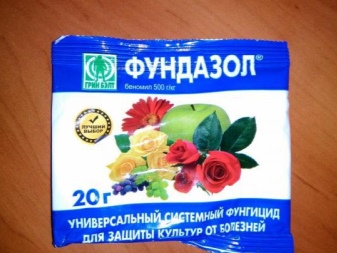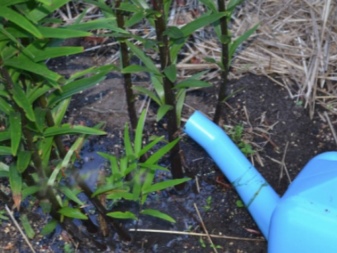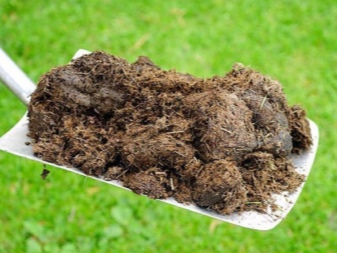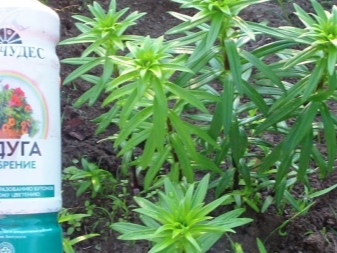Lilies hybrids
LO-hybrids of lilies
These plants were obtained by crossing oriental and long-flowered hybrids. They can reach heights of 120 - 140 cm and have a mild, pleasant aroma. Flowers have a large tubular shape.
LO hybrids of lilies
LA hybrids
LA hybrids of lilies - what is it? The easiest flowers to grow. You don't need to make every effort to get the flowers of this group. Even a beginner will achieve remarkable results after planting. Representatives of these hybrids have large inflorescences in the form of a bowl or cup, some plants combine both. The color of flowers can be very diverse: from pale white to maroon.
LOO hybrids
LOOL lilies are hybrids, which are one of the latest developments in breeding. Plants have giant flowers with a diameter of 40 cm. They adapt well to bad weather and can easily survive the winter cold. In the description of LOO-hybrids of lilies, it is said that their only drawback is not too much variety of color shades. The buds are most often white or pink.
Important! If the culture of this group is not fed with fertilizers, the flowers will be small, and the flowering will be scarce.
OT hybrids
The hybrid lily of this group has tubular flowers and a very strong peduncle. They have a pleasant and delicate aroma. They are grown not only in greenhouse conditions, but also in the open field. They reproduce well and are less prone to diseases than the rest of their fellows. These flowers can grow up to 2 m in height.
Orleans hybrids
Orleans hybrids
These beautiful flowers of various shades are whimsical to growing conditions. They need warmth, so you need to plant them in sunny places. The stems are quite tall and need a garter. Slightly alkaline neutral soil is required for planting.
Tetraploid hybrids
They are a new representative of the Asiatic lilies. A tall and unpretentious plant is distinguished by abundant flowering and winter hardiness due to an increase in the number of chromosomes. Tetraploid hybrids of lilies can be grown even in Siberia and get quite exuberant flowering.
Description.
Over time, lily hybrids are constantly being improved. Compared to wild species, they have many advantages: unusual color of flowers, pleasant aroma, resistance to unfavorable growing conditions. All these qualities have been absorbed by the groups of modern hybrids: LA-, OA-, LO-, LOO- and OT-hybrids. I will postoraya tell you in detail about the most popular of them.
Asian hybrids (A) have excellent winter hardiness, varied colors, do not require complex care, therefore they are especially widespread. But they (with the exception of single varieties) have no smell. And many want to plant lilies with a smell - here are the lovers of aromas and acquire lilies from other sections - long-flowered (longiflorums, L), oriental (oriental, O), tubular (T), as well as various hybrids between species from the named groups: LA-, OT-, LO-, OA-hybrids, which are highlighted in a separate section.
Diseases and pests
It cannot be said that the lilies of this variety are distinguished by strong immunity to diseases and pests. Of the diseases, plants are most often affected by fungi and viruses. So, gray rot or botrytis occurs due to cold, wet weather. You can recognize the ailment by brown-red spots on the lower part of young leaves, then the disease passes to the stem and buds.
For prevention, you can use a solution of copper sulfate, combined with a solution of ammonia and soda ash. And also for the fight, a three-time treatment with Bordeaux liquid is used. In serious stages, Fitosporin or Fundazol can help.
Sometimes lilies are affected by fusarium. In this case, rotting starts from the bulb. The disease occurs in the absence of drainage, with waterlogging or when using fresh organic matter.


Another common ailment of lilies is cucumber and tobacco mosaics. Light streaks and spots on flowers and leaves indicate the presence of diseases. The damaged specimen should be destroyed, and as a preventive measure, the instrument should be disinfected and the plants treated with "Karbofos" - it protects the planting from aphids, which is the carrier of the mosaic.
Of insects, the spider mite loves to feast on the lily, which causes the leaves to curl and the flower to dry. The drugs "Karbofos", "Apollo", "Aktofit" will help get rid of it. The squeaky beetle is another frequent uninvited guest of the lily, which quickly destroys the green mass. Effective means of fighting this pest are "Karbofos" and "Denis", and bugs can also be removed mechanically.
The main enemy of pistils and anthers of stamens is the lily fly. When this insect attacks, the bud should be eliminated, after which the specimen should be sprayed with insecticides, for example, "Ditox" or "EC".
For more information on the Epricot Fudge lily, see the next video.
Correct care
Proper care is the basis for long-term active growth and good development of LA-hybrid lilies. The most important step in caring for a plant is its proper watering. So, in June and the first half of July, it is recommended to water the lily by the root method. This is due to the fact that getting liquid on the leaves of the flower can cause a serious burn. In addition, after watering, it is imperative to carry out the mulching procedure, as it will ensure the preservation of the required amount of liquid inside the soil.


As for the feeding and fertilization procedures, it should be borne in mind that these processes should consist of several stages. So, it is recommended to apply fertilizers for the first time at the beginning of spring during that period, while the plant has not yet formed the first shoots. The next feeding is done during the formation of buds. At the same time, double superphosphate, potassium magnesium or ready-made mineral complexes (the latter are used dissolved in water) are most often used as a fertilizer mixture. And also manure can be used as fertilizer. However, in this case it must be borne in mind that it is strictly forbidden to use fresh material.


How to plant?
Planting is recommended in the second half of May or in the fall until the end of September.
It is important to pay attention to the choice of planting material. Visually inspect the bottom for rot, dried out scions, and other flaws. It shouldn't be sagging
Do not use sprouted bulbs for planting. If the planting material was purchased in a store, then treat it with fungicides in order to prevent fungus. Suitable, for example, "Fitosporin", "Topaz", "Skor"
It should not be sagging. Do not use sprouted bulbs for planting. If the planting material was purchased in a store, then treat it with fungicides in order to prevent fungus. Suitable, for example, "Fitosporin", "Topaz", "Skor".
As already mentioned, planting in open ground and growing in a container is possible. The recommended spacing between specimens is 25-35 cm. Planting is carried out at a depth of 15 cm. Support for the culture is not needed.
Gardeners advise using this species in collective plantings, that is, at least three bulbs. An open space or a slightly shaded place is suitable as a site. Before planting, planting material should be stored in a refrigerator or basement.
The lily will feel more comfortable in fertile soil with good drainage. Can be used for planting and heavy ground. The depth of the hole should be equal to the size of three bulbs. At the bottom, clean sand should be poured, the bulbs should be placed, covered with garden soil and the soil should be tamped. If the plant is planted in a container, then do not deepen the bulbs too much, otherwise the roots will first grow downward, and then, when there is no space for them, they will begin to stretch upward until they are above the ground.


